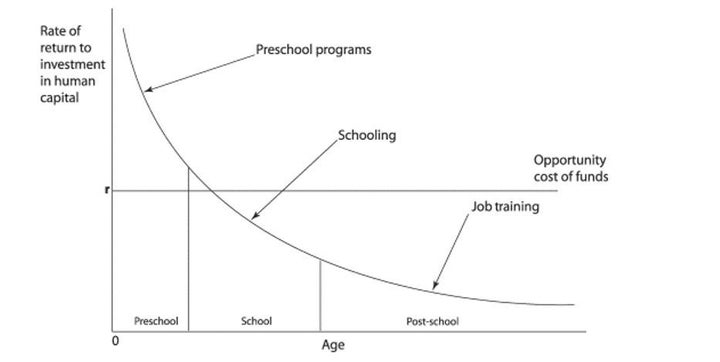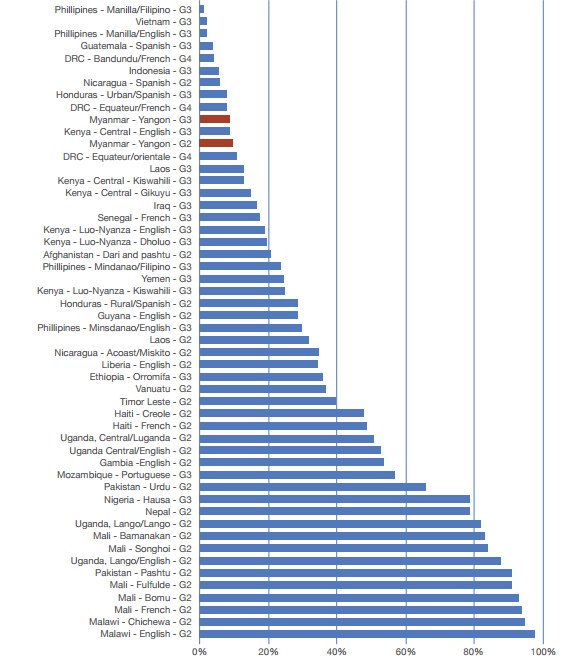
Since it is a person’s education that determines whether she will be extremely or only moderately exposed to the economic and social risks in times of crisis, and since education is a cumulative process (that is, you need early education foundations before you receive primary schooling, primary before secondary, and so on), then one needs to start investing early in education. In fact, investing early is the best investment.

The benefits of early investments are well known. Investments in children before age 5 have long term impacts in terms of physical attributes, cognitive and social emotional development, school readiness, etc. They also have significant effects on later life development. Skill begets skill through a multiplier process as skill formation is a life cycle process. Human capital investment exhibits both self-productivity and complementarity. Skill attainment at one stage of the life cycle raises skill attainment at later stages of the life cycle (self-productivity). A follow up of a randomized early intervention in Jamaica shows that the program increased the average earnings of participants by 42 percent 20 years later. Early childhood development targeting disadvantaged children can have substantial effects on their educational attainment, labor market outcomes, and reduce later life inequality.
Moreover, effective and feasible programs to support early child development are now available. ECD programs can target at children or their parents and families. All sectors, particularly education, and social and child protection, must play a role to meet the holistic needs of young children. To be effective, the programs need to be holistic, and encompass all aspects of child development. However, nutrition and early stimulation provides a critical starting point for scaling up, given its reach to pregnant women, families, and young children. Children at elevated risk for compromised development due to stunting and poverty are likely to forgo about a quarter of average adult income per year, and the cost of inaction to gross domestic product can be double what some countries currently spend on health.
Build on the early start
ECD programs followed by pre-school and early childhood education are good investments. Together, attention to the early years will help prepare children for schooling. Beyond that, it is important to focus the early schooling years on reading acquisition. There are too many children out of school and too many children in school who cannot read.
Proportion of non-readers (measured as the inability to read even a single word – zero scores on oral reading fluency)

Note: G2 = grade 2; G3 = grade 3; G4 = grade 4
Early reading programs can help. Making sure teachers are present is a start. As is sufficient classroom time and effective use of that time. Teachers should also be trained, supported, and motivated to teach. We have the tools to measure early reading. We also have programs that can help address early reading gaps. The treatments for early grade reading are feasible to implement and relatively low cost. Their benefits have been shown to be significant and positive. In one program the benefit-cost ratio – evaluated only with future labor market earnings – is 4:1. In fact, research has shown that early literacy is a threshold which countries must pass to grow economically.
There is a need to invest early with holistic ECD programs and to continue to focus on the early years of schooling with reading programs targeted at those with early reading needs.
